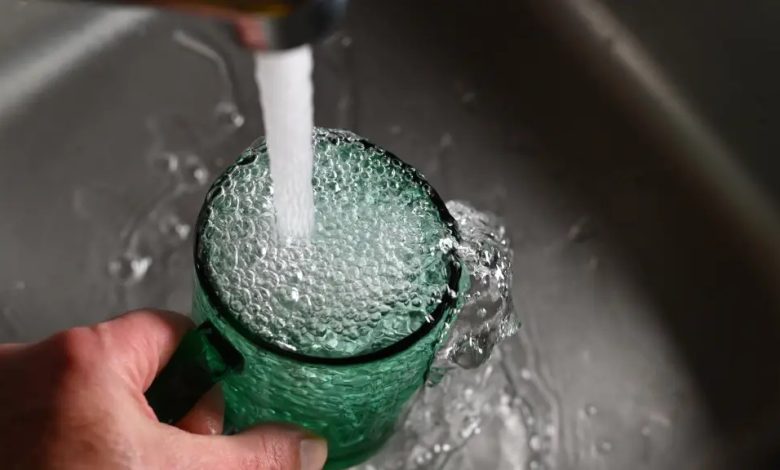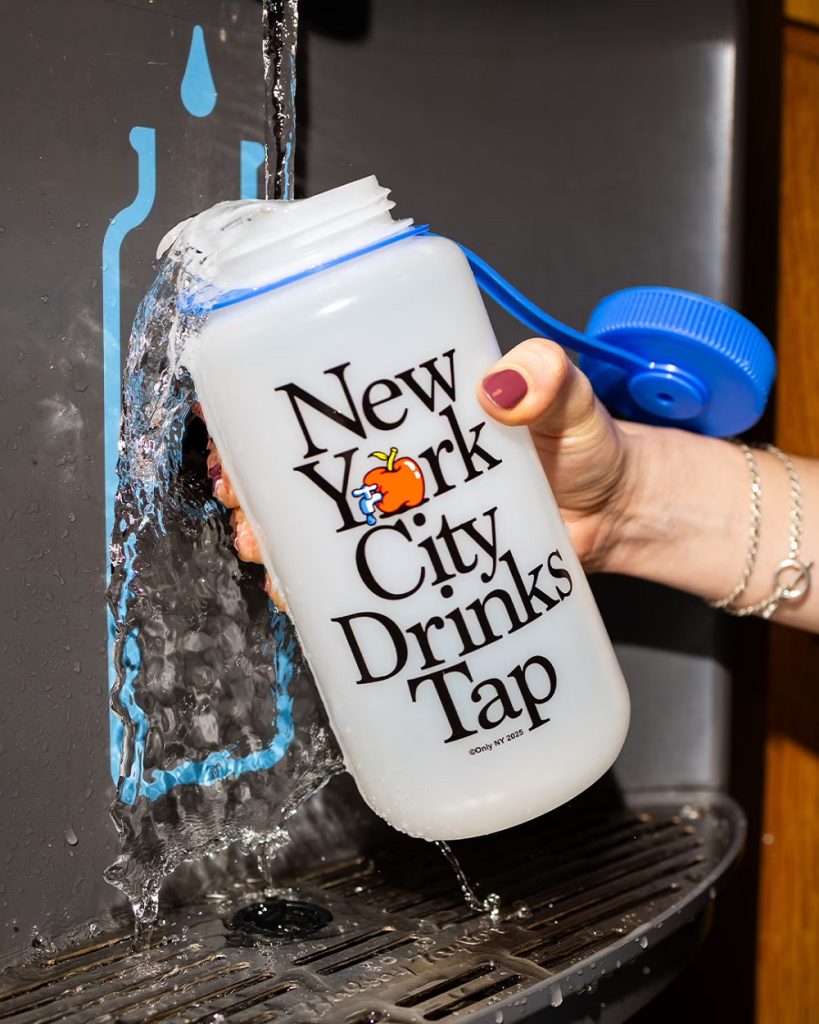New York City’s Tap Water: Clean Reputation Confirmed, But PFAS Detected in New Tests
Independent testing reaffirms NYC’s exceptional water quality while revealing trace levels of “forever chemicals” that warrant continued monitoring.

New York City’s tap water has long been praised for its exceptional cleanliness, earning the nickname “Champagne of tap water.” While it is indeed one of the cleanest municipal water supplies in the country, recent independent testing has revealed the presence of certain substances, offering a more nuanced view of what flows from the city’s faucets. This examination aims to provide clarity on the quality of hydration residents receive daily, with findings that both reassure and encourage continued awareness.
For many years, New Yorkers have enjoyed the convenience and taste of water straight from the tap—a quality often credited as a key ingredient in the city’s famous bagels. Unlike many other major U.S. cities, New York boasts a water system so pure that it does not require filtration for its primary supply.
However, with growing concerns about emerging contaminants, an opportunity arose for independent testing, focusing on common pollutants such as lead, copper, and arsenic, as well as recently scrutinized “forever chemicals” known as PFAS.
The testing process, which involved collecting samples from a Manhattan apartment, was straightforward and targeted two main categories: general contaminants and PFAS compounds. Earlier this year, reports indicated that millions of Americans are exposed to PFAS through their drinking water.
These chemicals have been linked to a range of serious health issues, including reproductive problems, increased cancer risk, weakened immunity, high cholesterol, heightened obesity risk, and developmental effects in children.

The concerning news for New Yorkers is that while the city’s water is excellent, it is not completely free of these widespread chemicals. Specifically, the tests identified one PFAS compound—Perfluorobutanoic Acid (PFBA)—detected at a concentration of 2.2 parts per trillion. Although experts consider this a “very low” level, it exceeds some environmental health guidelines, which recommend a limit of 1 part per trillion.
It’s important to note that regulatory agencies have not yet set official limits for PFAS in drinking water, making comparisons to current guidelines a matter of ongoing debate. Despite this finding, experts generally commend the city’s water management for its high standards and effective practices.
Aside from PFAS, the results for other common contaminants were more encouraging. Of the 42 substances tested, none were found above national standard limits. Many—including lead, copper, iron, magnesium, arsenic, cadmium, chromium, silver, uranium, and nitrates—were undetectable above the lowest measurable levels. This indicates an exceptionally clean water supply in terms of traditional contaminants, reinforcing the city’s reputation for delivering high-quality water directly to homes.



